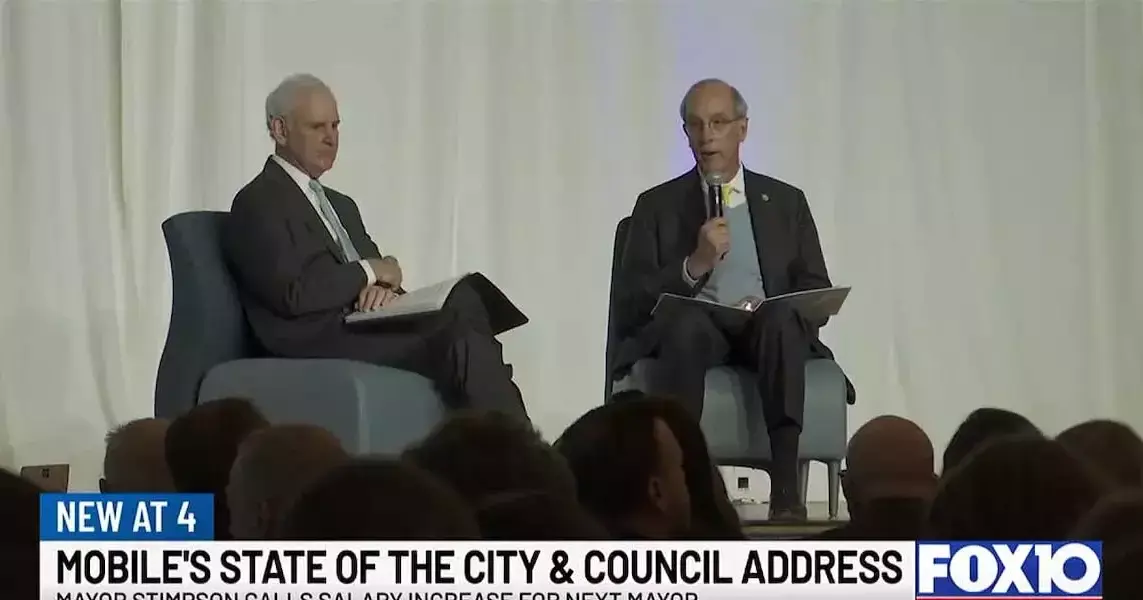Exploring the Investment Terrain: Key Strategies for 2025
As we approach the year 2025, investors are confronted with a market that is in constant flux. This piece provides an in-depth look at pivotal industries—real estate, technology, energy, retail, and healthcare—supplying strategic guidance to assist in making educated investment choices in this year of change.
Harnessing Potential in a Turbulent Market
The Durability of Residential Rental Properties
The residential rental market is proving to be a stable force in a fluctuating economic landscape. Increasing financial hurdles to home ownership have brought rental properties to the forefront. Experts in the field note a growing appetite for affordable rentals, influenced by demographic changes and evolving consumer tastes. Notably, younger generations, such as millennials and Gen Z, are favoring rentals over the conventional path to homeownership. The scarcity of affordable housing units is intensifying this trend, with data indicating a mere 33 units available for every 100 extremely low-income households, highlighting the urgent need for new construction. The National Multifamily Housing Council anticipates the need for an additional 4.3 million apartments by 2035. Investors can leverage this opportunity through multifamily REITs, which provide access to both urban and suburban markets without the hassle of direct property management. However, the threat of rising interest rates may complicate new builds, mandating vigilant oversight of borrowing expenses.
The Persistent Advancement of Technology
The technology sector continues to be a vital component of contemporary investment portfolios, with AI and cloud computing at the forefront. Gartner predicts a 19.1% yearly increase in global AI expenditure through 2027. Market leaders like Nvidia, a dominant player in the AI chip market, and Microsoft, a frontrunner in cloud services, remain attractive investment prospects. These companies are pioneering technological innovations expected to yield substantial profits. The semiconductor industry also offers promising prospects, supported by the CHIPS and Science Act of 2022, which promotes domestic manufacturing. Intel and Taiwan Semiconductor Manufacturing Company are poised to benefit from reduced dependence on foreign suppliers. However, investors should be wary of potential overvaluation, especially in light of the NASDAQ index's significant recovery in 2024. A balanced approach, combining enthusiasm with caution, is essential in this high-growth, yet volatile, sector.
Navigating the Energy Sector's Complexities
The energy sector presents a complex picture, with conventional energy sources facing challenges and renewable energy gaining traction. The International Energy Agency forecasts that global oil demand will reach a plateau by 2030, although short-term disruptions could lead to price increases in 2025. Companies such as ExxonMobil and Chevron may profit from geopolitical tensions and OPEC+ production cuts. On the other hand, alternative energy presents significant growth potential. The Inflation Reduction Act has allocated $369 billion to clean energy initiatives, stimulating investment in solar power. Glenn Jacobson, Managing Partner at Greenbelt Capital, emphasizes the "electrification of everything" as a key macro trend for renewable energy. Solar and solar-plus-storage solutions are set for widespread capacity expansion, significantly altering the energy sector landscape. Investments in grid infrastructure will be crucial in managing the surge in energy supply and demand.
The Retail Sector's Evolution in Response to Consumer Shifts
The retail sector is experiencing a significant metamorphosis, driven by changing consumer preferences and economic pressures. E-commerce is expected to see an 8.6% growth in 2025, with dominant platforms like Amazon and Shopify maintaining their influence, and niche platforms targeting specific demographics gaining popularity. Traditional retail is shifting towards experiential shopping, with companies like Lululemon and RH at the forefront. Inflation poses a significant challenge, potentially suppressing consumer spending, particularly in non-essential categories. Retailers with strong pricing power and brand loyalty are better equipped to succeed. Navigating these changes requires a sophisticated approach, integrating digital and physical retail strategies.
Healthcare Sector Innovations Shaped by Demographics
The healthcare sector stands out as a fertile area for innovation, driven by demographic shifts and technological progress. An aging global population increases the demand for healthcare services, presenting opportunities for pharmaceutical and medical device companies. Companies like Pfizer and Moderna are heavily investing in vaccine development and gene therapies, while Medtronic and Boston Scientific are innovating in minimally invasive surgery and cardiovascular health. Healthcare REITs, which focus on senior living facilities and medical offices, offer stable investment options. With healthcare spending projected to grow at an annual rate of 5.6% through 2032, this sector is set for sustained expansion. Investors can benefit from the convergence










